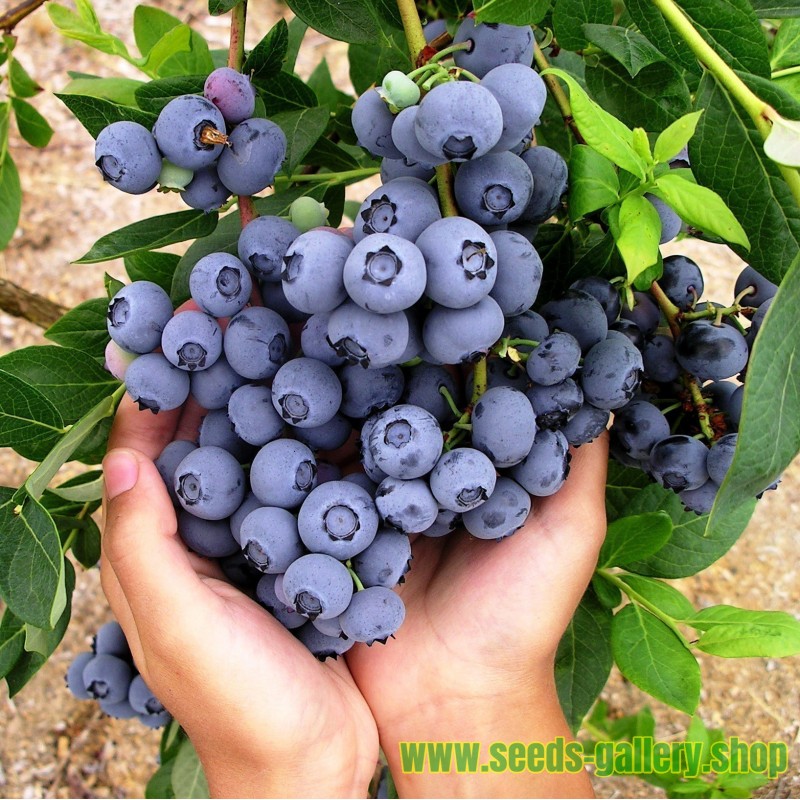
Roślina odporna na zimno i mróz






Duke blueberries are the leading early-ripening (berries begin ripening in early June) blueberry variety. It is known for its high yields (one Duke plant can produce over 9 kg (20 lbs) of uniform-sized, quality fruits.
Duke blueberries are the leading early-ripening (berries begin ripening in early June) blueberry variety. It is known for its high yields (one Duke plant can produce over 9 kg (20 lbs) of uniform-sized, quality fruits. Duke’s mild flavor seems to improve with cold storage.
Maintaining the plant vigor of Duke blueberries can be a challenge over a long period of time. Growers must choose a quality growing site and continually employ good cultural practices.
The Duke blueberry is one of the leading candidates for mechanical harvest, fresh, and process sales.
History
Many wild species of Vaccinium are thought to have been cultivated by Native Americans for thousands of years, with intentional crop burnings in northeastern areas being apparent from archeological evidence.[9] V. corymbosum, being one of the species likely used by these peoples, was later studied and domesticated in 1908 by Frederick Vernon Coville.
Uses
In natural habitats it is a food source for native and migrating birds, bears, and small mammals.
The berries were collected and used in Native American cuisine in areas where Vaccinium corymbosum grew as a native plant.
Cultivation
Vaccinium corymbosum is the most common commercially grown blueberry in present-day North America. It is also cultivated as an ornamental plant for home and wildlife gardens and natural landscaping projects.
Northern Highbush Blueberry (Vaccinium Corymbosum) – Soak the seeds in a small container of hand hot water and leave to cool for 24 hours. Then sow the seeds on the surface of free-draining, damp, lime-free seed compost and only just cover with compost. 90 days cold stratification at approx 3C° is now required, which can be achieved by either, covering and placing outside in a cold shaded area, or by sealing the pot in a plastic bag and place in a refrigerator. Then move indoors or to a propagator at a minimum temperature of 21C°, until after germination. When large enough to handle, transplant individual seedlings into 9cm pots of ericaceous compost and grow on. Protect from frost. Plant outdoors from June onwards, after hardening off.
Opis

 Reviews (0)
Reviews (0)